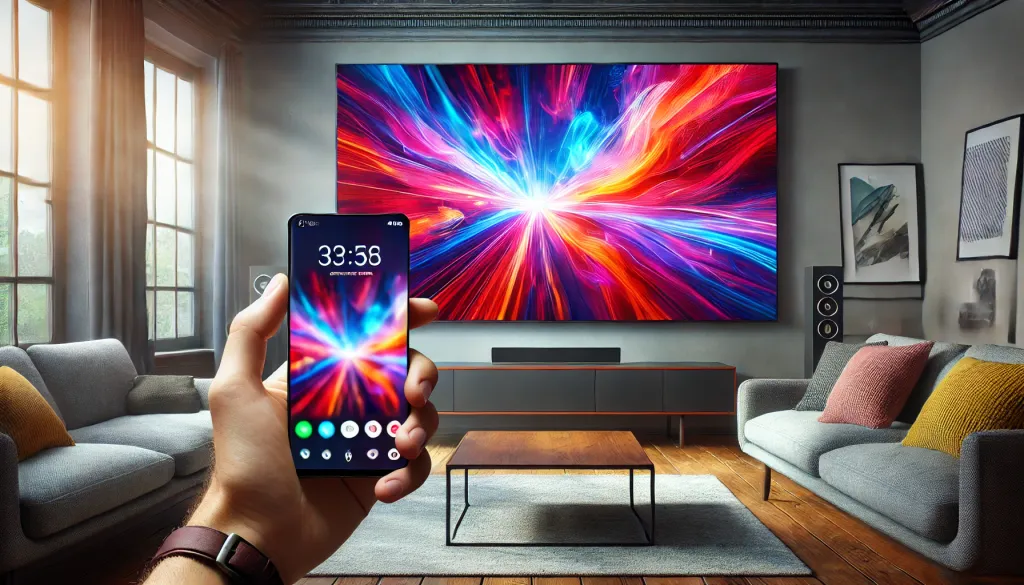
Netflix embraces HDR10+
Netflix, as reported by FlatpanelsHD, has officially joined the ranks of platforms supporting the HDR10+ standard. This format may not be revolutionary as it utilises solutions similar to Dolby Vision, but it certainly represents an important step in the development of the HDR content market. HDR10+, like Dolby Vision, offers enhanced images with dynamic metadata, allowing for precise optimisation of image quality scene by scene, which we have confirmed multiple times in test results.
What is HDR10+
HDR10+ is an extension of the classic HDR10 format, which uses so-called dynamic metadata. This means that the image can be optimised scene by scene (or even frame by frame), resulting in better colour representation, deeper blacks, and more detailed bright parts of the image. Sounds great? But it might be hard to imagine? No worries, below we have placed two images in HDR10 and HDR10+ so you can see the differences in the image for yourself!


HDR10+ vs Dolby Vision – what's it all about?
For years, Dolby Vision has dominated – mainly due to its dynamic metadata and excellent picture quality. HDR10+ operates on a very similar principle, but it has one major advantage: it’s free and open! This means that TV manufacturers and film studios don’t have to pay Dolby licensing fees to use the dynamic codec. In theory, HDR10+ should therefore gain popularity more quickly. The problem is that it debuted a bit later than Dolby Vision, which meant that most studios had already committed to the format from Californian Dolby. Thus, HDR10+ has faced an uphill battle over the last decade... but fortunately (especially for Samsung TV owners), the situation is finally starting to change.
After a decade, is Samsung's strategy starting to work?
Samsung has consistently ignored Dolby Vision, exclusively focusing on its own (created with Panasonic's assistance) HDR10+. Initially, this strategy seemed controversial, especially during a time when Dolby Vision gained significant popularity. However, today, after nearly a decade, this decision is beginning to pay off. Netflix is the latest major platform to officially adopt this standard.
Netflix embraces AV1 and HDR10+
It’s worth noting that Netflix has launched streaming in HDR10+ using the modern AV1 codec. This format provides even better compression and data transmission efficiency, allowing films and series to be viewed in higher quality even at lower bandwidth speeds. Netflix promises that with AV1, HDR10+ will soon become one of the most frequently used standards on the platform.
How to watch HDR10+ on Netflix?
To watch a film or series in HDR10+, a few conditions must be met:
have an active Premium Netflix plan,
use a device compatible with the AV1 codec and HDR10+ (most Samsung TVs from the last few years meet this requirement),
ensure that the HDR option is enabled in the Netflix app settings.
You can find detailed tests and comparisons of HDR10+ image quality against other standards in the TV tests section "HDR Effect Quality".
HDR10+ is becoming increasingly popular
Netflix announces that by the end of 2025, all productions available in HDR will also be in HDR10+ format (even the older ones). This is great news, especially for those who, for various reasons, could not use Dolby Vision. Of course, Dolby Vision will remain on top for a long time, but the rising popularity of HDR10+ shows that there is room for both standards in the market. In the end, viewers will benefit the most, which is all of us – fans of great cinema and series.
Source: flatpanelshd.com
 Tomasz Wadowski
Tomasz Wadowski













